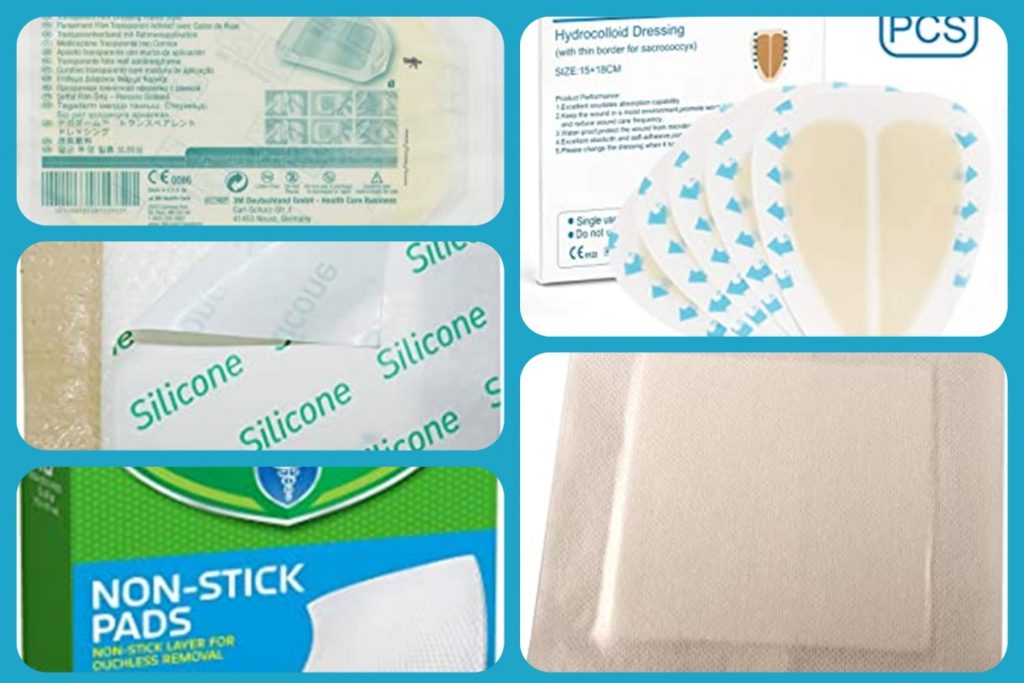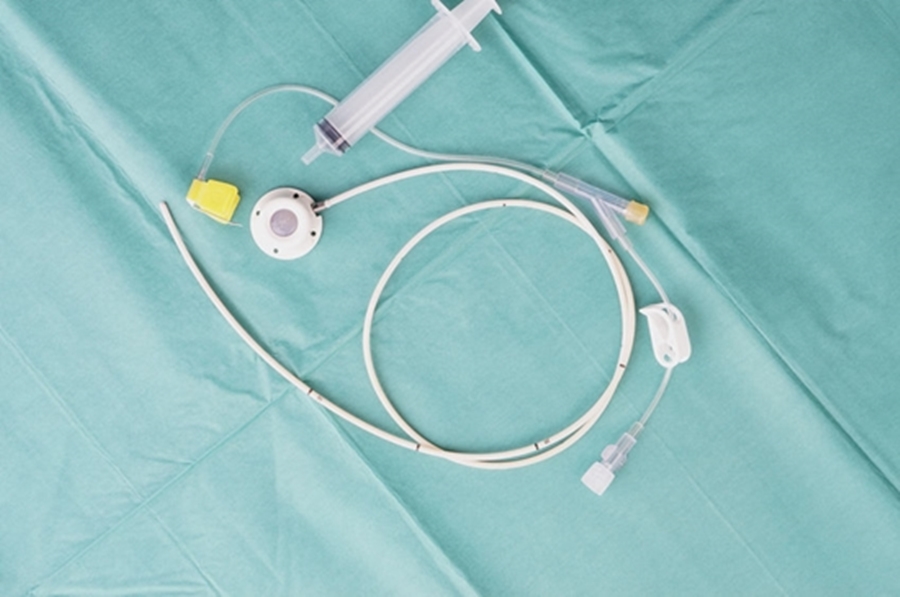Video Demonstrations of Medication Administration Techniques –YouTube Video Resources
Knowing how to give medications correctly is essential knowledge for every caregiver. Most of us think we know all we need to know about giving medicine because we have been taking it all our lives, but when you start caregiving, you find that’s false. As a caregiver, it’s important to know the risks associated with each way you can give medication. Is there anything you need to avoid doing when giving the medicine that could affect how well it works? I’ve summarized many of these precautions in this post.
Administering medications occurs through multiple routes of entry. A list of some of the routes of entry include:
- by way of the mouth (swallowed, through a tube into the stomach, under the tongue, held in the cheek),
- through injection into the muscle (intramuscularly),
- into the fat layer (subcutaneously),
- rectally (suppository, enema),
- into the eye (eye drops),
- into the nose (nose drops, sprays, inhaled),
- by vein (intravenous, PEG, Porta Cath, Central lines),
- into the spinal cord, into joints,
- as ear drops, skin creams, ointments, emulsions, and more that don’t come to mind right now.
Oral Medications
Giving medicine by mouth seems simple enough. We’ve all been taking oral medication since we were babies. What more is there to know now that you’re a caregiver? Maybe nothing new, but it’s best not to assume anything because doing a task for someone else is always a little different than doing it yourself. Let’s go over the basics.
Giving Medicine by Mouth – Pills
- Read the bottle labels every time you give medicines to check yourself. It’s easy to get distracted to think you’re giving one pill and pick up something that looks like it but isn’t instead.
- How many pills can your family member take at one time? Separate them in advance before handing them to her. It’s very easy to choke on pills.
Some tablets are very large. You can get tablet cutters to cut them to make them smaller or use pill crushers that pulverize the medicines into a powder so you can mix them with food. Warning though, cutting them sometimes makes them very bitter tasting.
Do not cut or crush enteric-coated drugs because they need to keep their coating intact until they reach the intestinal tract for absorption to work correctly. Call the doctor for different medicine if your family member cannot safely swallow them.
Before mixing drugs with food, check for food restrictions. For example, mixing some medicine with dairy products or taking them with antacids will prevent them from working.
- If giving a liquid, use a measuring spoon instead of a table-eating instrument for accuracy. Eating utensils come in various shapes and sizes and cannot be trusted to be accurate.
- When measuring a liquid, use the bottom of the liquid bubble. Allow it to rest on the line measurement as your point of contact for the desired amount.
- If giving medication to someone in bed, they must be sitting at a 45o-90o degree angle, depending on how well they swallow. The greater their difficulty in swallowing, the higher their head needs elevating. Use a wedge behind their back to help with the angle if needed.
- Don’t include enteric-coated or time-released medicines when giving pills or tablets through a GI tube. Thoroughly crush all other tablets into a powder to prevent clogging the tube. Mix them in a liquid before putting them in the tube to dissolve or soften before pushing them through gently with the syringe. It’s essential to flush the tubing well afterward to prevent it from getting clogged.
Precautions When Giving Medications to Someone Confused
In addition to the above precautions, if you are attempting to medicate someone significantly confused, you must consider their state of confusion and lack of trust in the equation. The following are some examples.
- If your care receiver is confused, they may not trust you. Watch for signs that they are trying to hide their medication somewhere around them.
- Hiding medication under the tongue is a common trick. Use a tongue depressor or popsicle stick to look under the tongue, inside the cheek, and at the roof of the mouth. Please don’t use your finger; they may bite you. A flashlight might help you when you look in their mouth.
- If you leave medicine beside the bed for them to take when you go, check later to make sure they took it. You may find it in the trash, under a pillow, or elsewhere.
- If they are responsible for taking their medication and remembering to do so, using a weekly/daily dispenser is very helpful as a reminder to help them know if they have taken the dose due at that time.
***
Using a GI Tube to Give Medications
Before putting anything down a GI tube into the stomach, you must always check to ensure the tube has not slipped out of the stomach and moved into the lung. Knowing two different methods to check tube placements is a good idea. If you doubt one, the other can be a confirmation test. Here are two options.
Two Ways to Check GI Tube Placement
One way is to attach a large syringe to the GI tube’s end and pull any contents into the tubing. If what you pull back looks like formula, clear liquids, or yellowish stomach acid, you probably are pulling back stomach contents.
The second method is to draw up about 30 ml of air into a syringe. Place a stethoscope about an inch below where the ribs come together. Push the air quickly through the tube and listen for air entering the stomach. This method is not as reliable as the first one and should not be used as the first choice but can be a confirmation second test.
A possible third option would be measuring the length of the tube to see if it’s still the same length as it was at the last feeding. While this test is reliable, a tube can get curled up inside the body and be out of place, so measuring length is not the best option either and should be used only with another option.
How Often Do I need to Check Tube Placement?
Produced by:
Guidelines on checking placement on a nasogastric tube before starting a tube feeding.
Giving Medicine Through a G or J Tube
- Gather supplies
- Insert Extension Tubing
- Clamp Tubing
- Draw up Medication
- Unclamp Tubing
- Inject Medicine
- Clamp Tubing
- Draw Up Water for Flush and attach it to port
- Unclamp Tube
- Inject Flush
- Clamp Tubing and Disconnect Extension Tube
How to Give Nitroglycerin Under the Tongue
If you know someone with a heart condition who takes Nitroglycerin for chest pain, it’s important to know what to do if you find them unresponsive. Giving them their Nitro pills could save their life if done promptly. If the person is complaining of chest pain or is found unresponsive, proceed with giving them their nitroglycerin tablet immediately. Then call 9-1-1 for assistance. Give them a second pill if the chest pain is not relieved in five minutes. See the steps below.
***
Produced by:
- Place the tablet or spray the medicine under their tongue.
- Do not let them eat or drink anything after taking medicine.
- Monitor blood pressure and chest pain while waiting.
- If the chest pain has not stopped, you may repeat the dose in five minutes.
- Repeat the dose a third time in five minutes if the pain continues.
- Keep the doctor informed throughout your family member’s response.
***
Produced by:
This video presents information on how to split a medicine into equal parts. Some medicines are scored in advance by the manufacturer to make breaking them easily; others are not. Some you can use a pill-splitter to break. Unfortunately, cutting pills in half is not always an option. In some cases, cutting the coating on the pill damages the strength or protection essential to the drug’s effectiveness. If you are unsure that you have an exact amount, consult a pharmacist to determine the dosage you may give or throw it away and start over. Taking this extra step can help you prevent making a mistake that can cause someone harm.
***
Crushing Medications In a Tube Feeding or to give Orally
Produced by:
Feeding tubes are reliable alternatives when patients cannot take food or medicines by mouth. However, many medications are too large to pass through the lumen of a tube without becoming stuck. Therefore, they must be crushed and mixed with something that can transport them through the NG tube to the stomach. This video demonstrates grinding medication and then mixing them for delivery. Unfortunately, time-released drugs are delivered too quickly through NG tubes to work correctly. Also, if you crush pills with enteric coatings, they lose their protection and irritate the stomach lining. In both cases, ask for alternate forms of the medicines rather than put them through an NG tube.
***
Do Not Crush Medication Mnemonic
Produced by:
The nurse who produced the video developed a mnemonic to remember not to crush pills. The mnemonic is “Seniors Erroneously Crush Enteric-Coated Laxatives.” The mnemonic goes as follows: Seniors (Sustained Released), Erroneously (Extended Released), Crush (Controlled Released), Enteric-Coated (Enteric-Coasted), Laxatives (Long-Acting). It isn’t easy to remember, but if it helps you, I think that’s great. All you need to know is which ones you can’t crush for your family member. Usually, it’s just the timed-released or enteric-coated ones. Ask your pharmacist for assistance if you have questions.
***
Produced by:
Putting drops in the eye properly without missing the target or wasting medicine is difficult for many people. This video shows the proper way to take drops and gives two simple methods for people who can’t bring themselves to put anything into their own eyes. Also included are important tips on the timing of eye drops and how to reduce stinging.
***
Produced by:
Nebulizers deliver medications that help you to breathe. A nebulizer is a motor that pumps air through a tube and comes up through the medicine to form a mist. The mist is breathed through a mouthpiece, mask, or tee adapter. Following each treatment, clean the supplies with soap and water to prevent infection. The video provides additional information regarding infection control and troubleshooting equipment issues.
***
How to Apply and Remove a Transdermal Patch
Produced by;
A popular treatment for pain management is the use of a Fentanyl patch. Since Fentanyl is a narcotic, you must monitor its use. It can cause a lot of heavy sedation and drops in blood pressure and breathing. This video reviews the impact and cautions associated with Fentanyl use. Caution must be applied when working with transdermal patches (i.e., patches impregnated with medication). You take precautions because the drug affects whoever touches it the same way. Therefore, you must be particularly careful when placing it on the patient. Even when removing it, you need to carefully remove it using gloves.
***
Giving Medicines through a G-Tube or J-Tube
Produced by:
Children’s Hospital of Wisconsin’s Gastroenterology, Liver, and Nutrition Program staff show and discuss how to give medicines through a G-tube.
Important Reminders:
- If you give more than one medication at a time, use about 10 ml of water between each medicine to clear the line to help prevent clotting.
- Always finish with a flush to clear the line to prevent help prevent clotting.
- If you have difficulty getting the medication to flow with gravity, you may try milking the tubing gently with your fingers by squeezing the tube downward.
***
How Often Do I need to Check Tube Placement?
Produced by:
Guidelines on checking placement on a nasogastric tube before starting a tube feeding.
***
Withdrawing Medications from an Ampule
Produced by
Medications occasionally come in ampules.
First, open the ampule by snapping it in half after wiping the neck with alcohol and wrapping it in gauze.
Then, withdraw the medicine from the ampule using a filter needle to prevent any shards of glass from cutting anyone.
Steps to Opening an Ampule
- Inspect the bottle for any cracks, chips, or breaks
- Clean the neck of the bottle with alcohol
- Wrap gauze around the neck and break off the top of the ampule
- Attach the filter straw to the syringe
- Draw up the medication
***
Produced by
This video explains how to read measurements on the side of syringes to accurately give the correct medication dose. The pictures clearly show where the measures should occur and the various marking designs used among different syringes.
***
How to Give a Subcutaneous Injection Using a Prefilled Syringe
Produced by:
Many medications now come prefilled. All you need to do is remove them from the refrigerator and attach a needle before giving them.
- Before giving an injection, plan to take the medication out of the refrigerator about 30 minutes before giving it if you don’t want the person to feel the needle.
- On the other hand, cold medicine can sometimes act as a numbing agent in some situations.
- If you have a shot causing pain, you might try leaving it in the frig until the last minute.
- You can use milk cartons as needle disposal units since you cannot throw used needles into regular trash because they have body fluids (blood) on them. Therefore, place all used syringes into hazardous waste containers. Obtain Hazardous Waste containers at area pharmacies. Follow the instructions in your area to be sure you know what to do.
***
Intramuscular (IM) Injection Sites
Produced by:
The appropriate place for intramuscular injection for those under two years of age is the vastus lateralis (thigh muscle). The preferred area for persons three years of age and older is the deltoid muscle over the triceps area of the upper arm. Giving injections in the buttocks is no longer recommended. However, using the upper thigh is still an option in adults, the same as in children, and you may use the upper outer hip area. Safe injection practices minimize the risk of injuries, infections, and non-infectious adverse events for patients and providers.
***
IM Injections in the Deltoid Muscle using Z Track Technique
produced by:
The z-track technique is now the recommended technique for all IM injections. A z-track means pulling the skin to the side and injecting it at a 90-degree angle. The track creates a zig-zag type when you release the skin’s surface.
When you give a Z track injection, push the medication in slowly, about (10 sec/ml) at a time, and then wait another 10 seconds before withdrawing the needle. This delay allows the absorption of the medicine into the muscle so that it won’t irritate the subcutaneous tissue when withdrawing the needle. Per the Centers for Disease Control recommendation, do not massage the muscle or aspirate to check for potential vein access.
***
How to Give an IM Injection in the Buttocks
Produced by
IM (intramuscular) injection site (dorsogluteal muscle). Hip injection technique administration of the dorsogluteal muscle, also known as a butt or hip muscle, for injection. Update 2018: Due to recent research, the CDC NO longer recommends the dorsogluteal site as a potential site for intramuscular injection for nurses. WHY? The site is very close to essential structures such as the sciatic nerve and blood vessels. Also, a large amount of fatty tissue resides at this site, increasing the risk of a subcutaneous rather than an intramuscular injection. Therefore, avoid this IM injection site.
***
How to Give an IM Injection in the Ventrogluteal (buttock) muscle
Produced by:
A video tutorial on how to give an intramuscular injection in the ventrogluteal butt muscle. (closer to the hip). Produced in 2014. In 2017 the CDC announced new guidelines stating not to aspiration before giving an injection.
The reason:
- Aspiration caused more pain.
- The research did not support a need to check for blood when using the correct size needle because the needle did not insert deep enough to reach a blood vessel.
- The only exception to the new guideline occurred if the medication administered was highly toxic and likely to cause harm if it accidentally accessed a blood vessel.
***
Administration of Buccal Midazolam for Seizure Control via the Cheek
Produced by:
Midazolam is a medication used to stop seizures and only if ordered by your doctor. If you have the order to use this medication, contact the physician.
Steps to Use Midazolam
- Open the medication
- Turn your family member on their side if you can, or at least turn their head to the side.
- Allow the medicine to drip into their mouth between the cheek and teeth one drip/second. Do not squeeze the medication into the mouth.
- Monitor breathing continuously and open the airway further if breathing becomes shallow.
- A seizure may continue after the medicine goes in. notify the doctor if one dose does not stop the seizure.
***
Fear of Needles: Nursing Tips for Patients with Needle Phobia
Produced by:
As a caregiver, you may need to give injections to someone with a phobia of needles. Needle phobia (belonephobia, aichmophobia, or trypanophobia) can come in different intensity levels. This video provides some pointers in helping you approach someone who fears needles. Most of it probably would not apply to you in the home environment, but the part about distraction is relevant.
Distraction is always an excellent tool to use whenever there is a need to perform an unpleasant or difficult task for either of you. Engaging your family member in talking about something pleasant that takes you to a “happy place” helps make the situation smoother.



